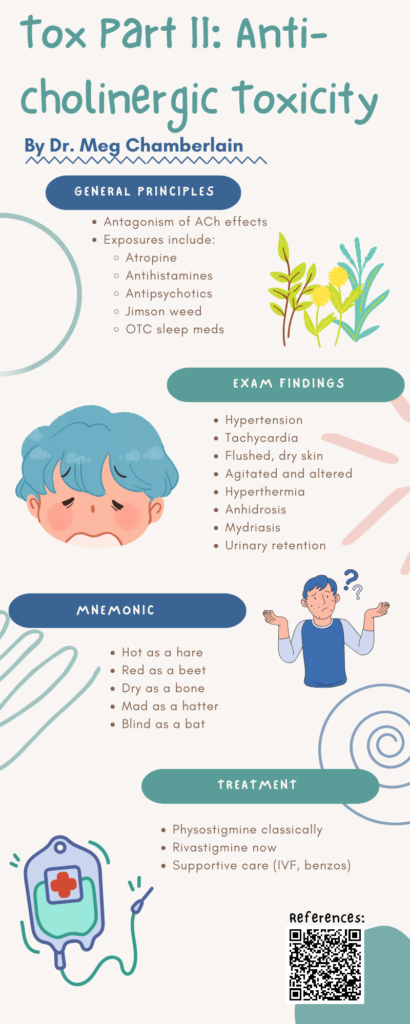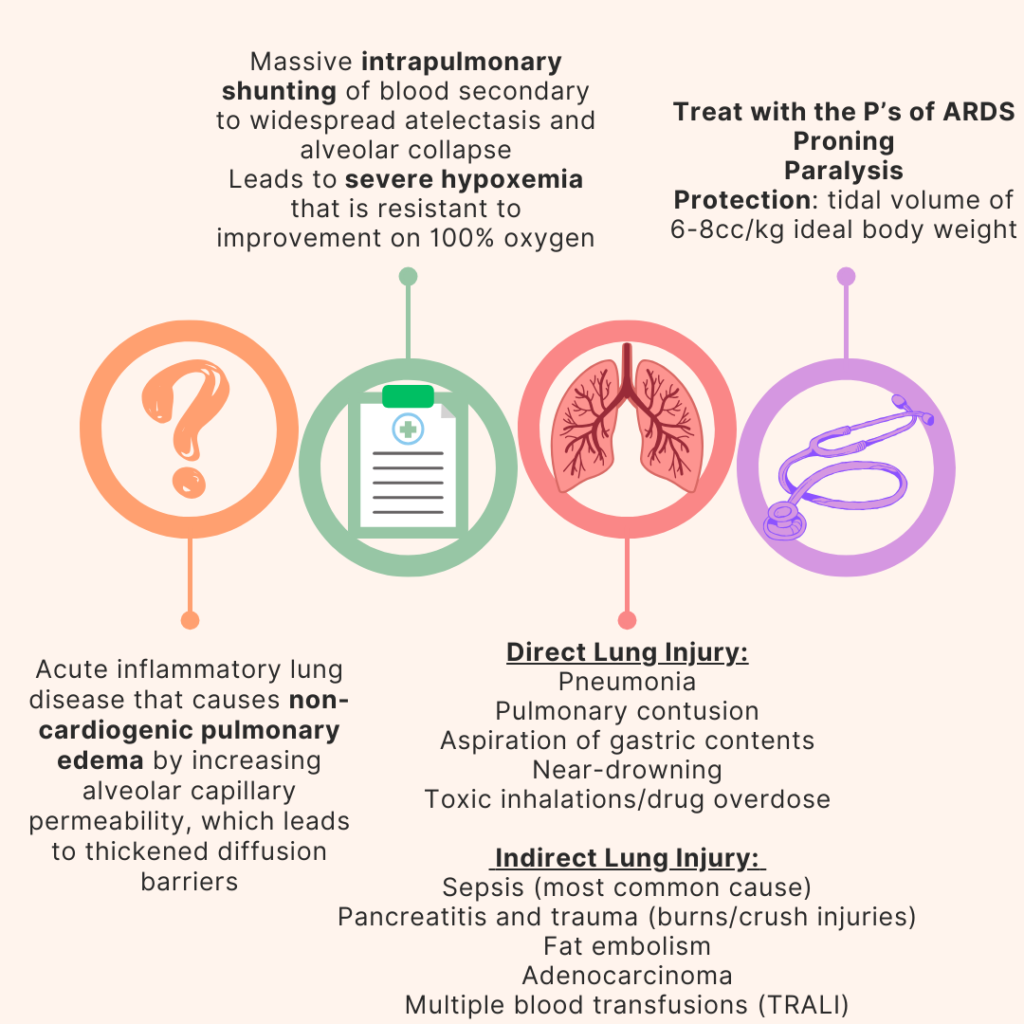A 30 year old non-pregnant female presents after a cat bite to her left hand. Vitals are within normal limits. The extremity is neurovascularly intact and shows two subcentimeter punctate lesions on the palmar surface of her hand. She reports an anaphylactic reaction to penicillin. Which of the following antibiotics is appropriate prophylactic treatment for this patient?
A: amoxicillin-clavulanate
B: clindamycin
C: cephalexin
D: doxycycline
Answer: doxycycline
Prophylactic antibiotic treatment is common practice of mammalian bites in the ED. Antibiotics should be tailored for coverage of streptococcal and staphylococcal bacteria as well as anaerobes and Pasteurella multocida. Amoxicillin-clavulanate is typically the antibiotic of choice but is contraindicated in patients with an anaphylactic allergy to penicillin. Clindamycin or cephalexin monotherapy do not reliably cover Pasteurella species. Doxycycline or dual therapy with clindamycin plus TMP-SMX or a fluoroquinolone are reasonable alternatives for penicillin-allergic patients.
References:
Quinn J (2020). Puncture wounds and bites. Tintinalli J.E., & Ma O, & Yealy D.M., & Meckler G.D., & Stapczynski J, & Cline D.M., & Thomas S.H.(Eds.), Tintinalli’s Emergency Medicine: A Comprehensive Study Guide, 9e. McGraw Hill.
Presutti R. J. (2001). Prevention and treatment of dog bites. American family physician, 63(8), 1567–1572.













